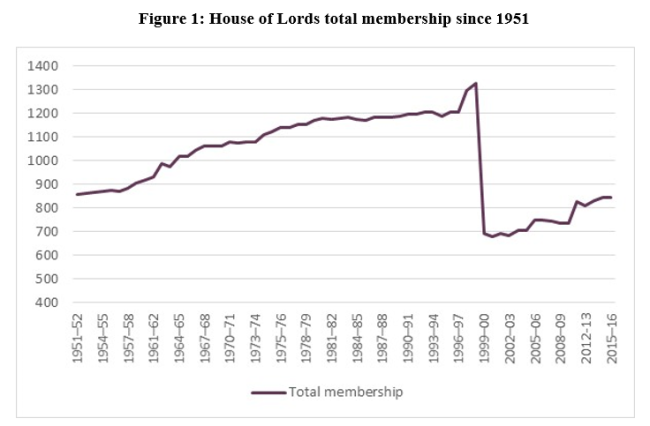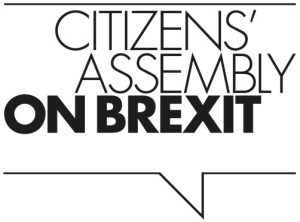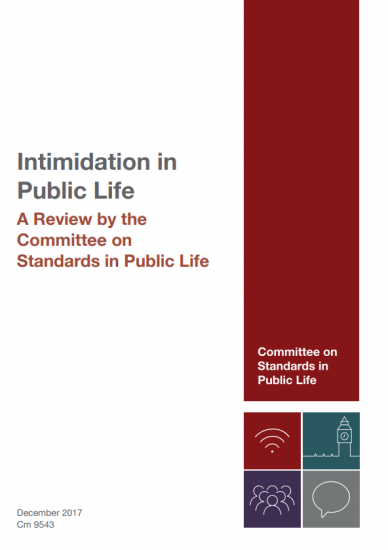Prime Ministers are prominent political actors in parliamentary democracies, yet there has been little comparative research on how they are held to account by parliaments. As part of her PhD research Ruxandra Serban is seeking to fill this gap. Here, she outlines initial findings from a survey of procedures in 32 parliamentary democracies.
Prime ministers are prominent political actors in parliamentary democracies, yet there is little understanding of how they are held accountable by parliaments. What are the mechanisms through which parliamentarians may question them and how do such mechanisms vary procedurally? The UK House of Commons famously provides a high-profile weekly session for questioning the head of government at Prime Minister’s Questions. How does PMQs compare with questioning mechanisms in other parliaments?
Drawing on my PhD research, this blog presents preliminary findings from a survey of procedural rules regarding such mechanisms in 32 parliamentary democracies, and illustrates the variety of procedures available in different countries.
How does questioning take place?
Collective and individualised
Whether prime ministers are questioned individually or together with other ministers is likely to be important in determining how they interact with parliamentarians. The nature of government in parliamentary democracies is collective. Prime ministers lead the government and are collectively responsible together with their cabinets; but in most countries they are not responsible for specific ministerial portfolios. Prime ministers are expected to account for their own actions and also to speak for the government. Consequently, whether or not they are questioned individually or together with ministers is likely to have an important effect on the types of questions they are asked.
Plenary and committee
An additional dimension concerns the distinction between plenary and committee mechanisms. The setting of the procedure creates different types of questioning environments. For example, the Liaison Committee in the UK House of Commons was introduced to complement the main plenary mechanism (PMQs), specifically in order to configure a more focused forum of scrutiny.










